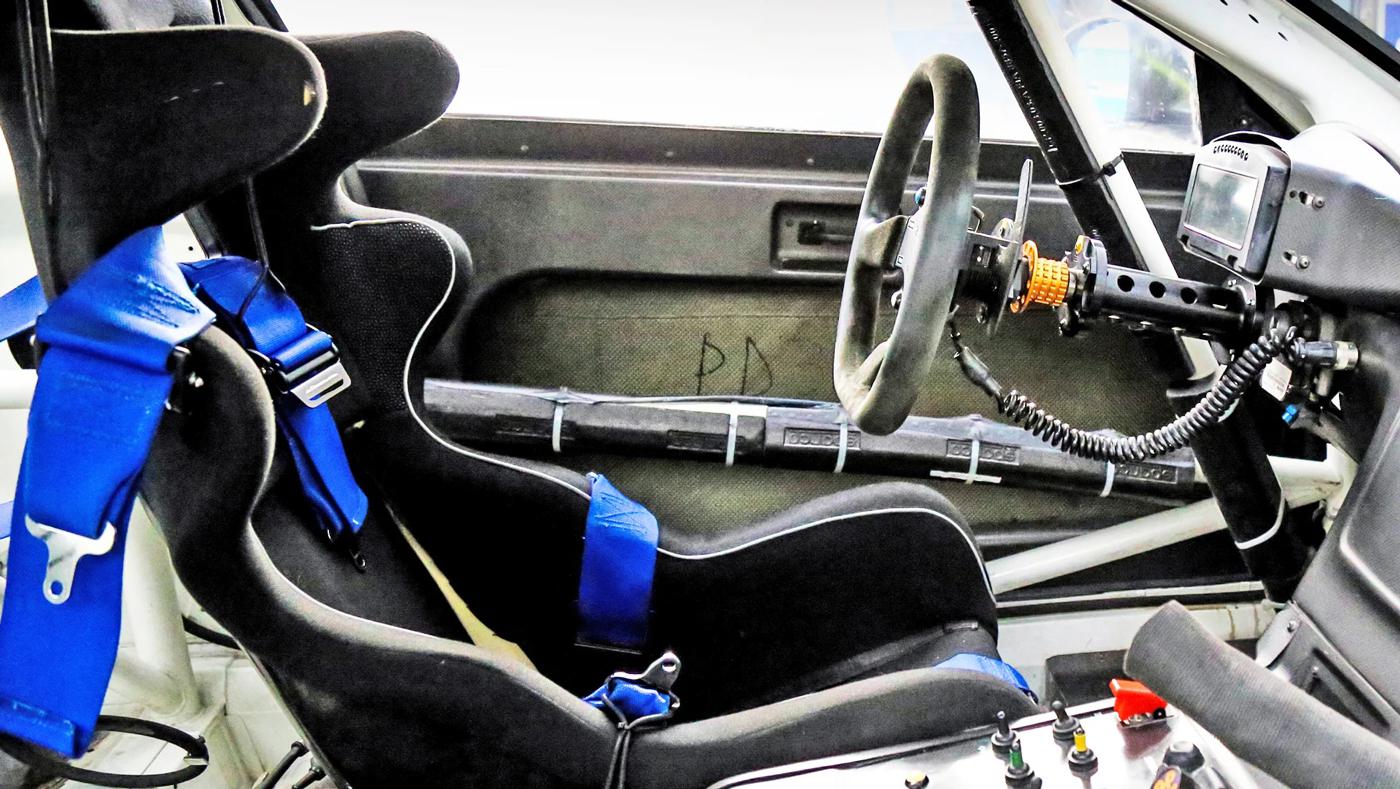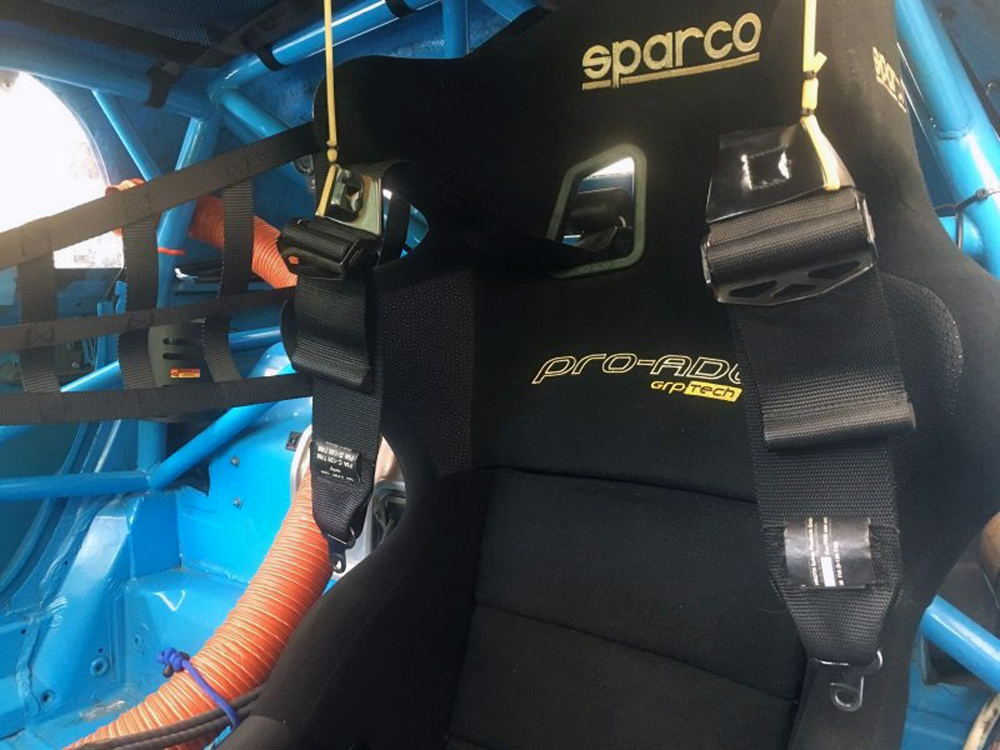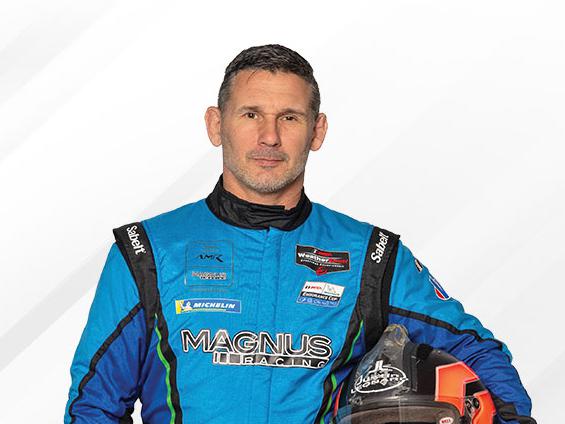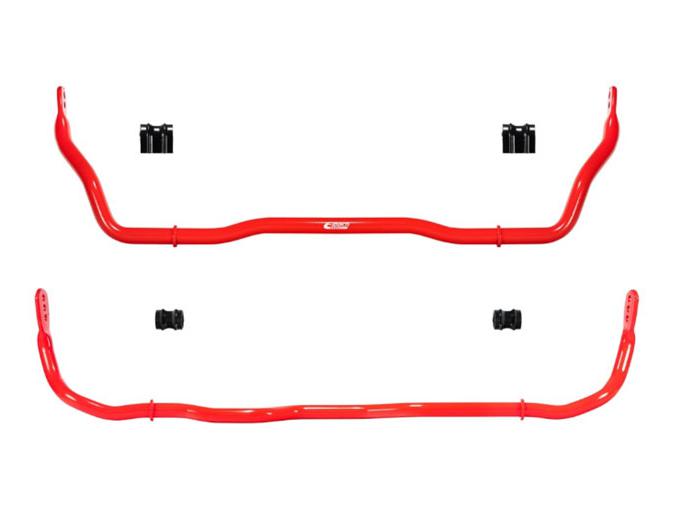Ask the Experts: Setting Up A Car For Driver Changes

Our sources prefer a fixed-mounted seat and accommodate drivers of varying heights with seat inserts. “The tallest driver is essentially sitting in the shell of the seat, the medium-sized driver uses the factory padding, and the smallest driver can use a pour-in insert to make it work,” said OG Racing’s TJ Huston.
Efficiency plays a crucial role in endurance racing formats, and streamlining the driver swap process is one of the easiest ways to improve a team’s competitiveness.
Success in endurance racing requires more than just outright speed. While most motorsports disciplines require effective teamwork on some level, it’s a fundamental component of this format both in the pits and out on the race track. That circumstance brings some interesting strategic elements into the mix.
“In this type of racing, the driver swaps are just as important as tire changes—if not more so,” said TJ Huston of OG Racing in Sterling, Virginia. “That’s because there is so much opportunity to lose time during a driver change. It’s very easy for folks to get flustered, and then suddenly there’s too many people doing too many things, and confusion sets in. This is an aspect of endurance racing where a team can win or lose a race.”
As Zachary Schucker of HMS Motorsport in Mooresville, North Carolina, pointed out, even minor deficiencies here can have a significant effect on the end result. “With some series, you might do more than a dozen driver changes throughout the duration of a race. A small issue might cost you 10 or 20 seconds, but that starts to add up very quickly. Even if the race you’re competing in has minimum pit stop times, the quicker you can do your driver change, the quicker you can have someone available to look over the car, make a repair, do a tire swap, and things like that.”
He also noted that problems can arise while doing driver changes during night stints due to limited visibility, so he recommends teams keep a magnetically mounted light at the ready.
“If you’re racing with a car that has a metal roof, that can be really handy. It’s something you can quickly put there to make it easier to see what you’re doing without it occupying your hands. Headlamps can be useful for that, too, but if you’re going over the wall during a hot stop and you have to have a helmet on, that’s not going to work.”
While it can be tempting to use locking connectors for communications and other accessories, Huston said that using a standard IMSA or NASCAR-style connector is a better option.

“There’s lot of aviation stuff out there, and some of it locks together, but that type of design just ends up being a pain to deal with during the race,” he explained. “The IMSA connector is basically considered the industry standard, and the NASCAR-style connector also works really well. The main thing is just making sure that everyone on the team is using the same type. I’ve seen plenty of situations where someone hops in the car and the team suddenly discovers that he doesn’t have the right connector. The next thing you know they’re hanging a dry erase board out over the pit to try to communicate.”
Huston said that since a driver’s movement in the car is often limited by safety equipment, most of the work of disconnecting various items should be done by a driver valet. “As soon as the car is at a stop, grab the cam lock and pop the harnesses. Ideally, the driver isn’t going to be doing much from there—they should just be chilling out while the driver valet is handling everything else. If you have a driver and a driver valet both trying to manipulate things at the same time, it’s really easy to cause confusion.”
He also advised using surgical tubing to keep the racing harnesses properly situated after they’ve been disconnected. “Surgical tubing is your best friend for driver changes in an endurance car,” Huston explained. “A lot of endurance-style harnesses have loops on them; you put the harnesses on, tighten them down, and then you have someone take that surgical tubing and tie it to those loops and then off to different parts of the roll cage or the seat. That way the moment the driver hits that cam lock to disconnect the harnesses, they all go their own separate ways without the driver having to do anything. Then the team knows exactly where each belt is when they go to connect them up again for the next driver.”
Although FIA- and SFI-approved seat sliders are available, both Schucker and Huston told us that they prefer to address variations in driver heights by using inserts with a fixed-mounted seat. “For me, it’s a safety thing,” said Schucker. “Sliders are now much stronger than they used to be, but it’s just another potential failure point.”
To accommodate all the drivers on a team with a fixed seat mount, Huston said that the best approach is to mount the seat in the ideal position for the medium-sized person in the driver lineup and go from there. “In most cases the tallest driver is essentially sitting in the shell of the seat, the medium-sized driver uses the factory padding, and the smallest driver can use a pour-in insert to make it work.”
He also said that using a high-quality, quick-release steering wheel and a window net with a good latch design will make it easier to perform quick driver swaps, but practicing the process is ultimately the most important part. “You might feel kind of silly working on driver changes in the paddock all night, but I promise you that it’s going to make a difference on race day.”
Sources
HMS Motorsport
hmsmotorsport.com
OG Racing
ogracing.com
 MEMBERSHIP LOGIN
MEMBERSHIP LOGIN JOIN PRI
JOIN PRI


